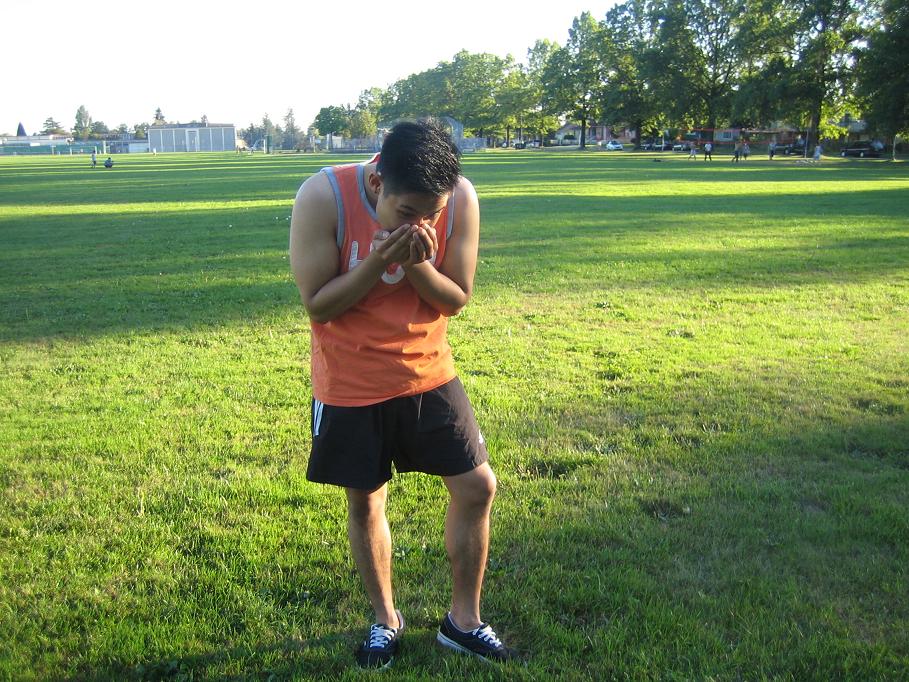Nasal flaring occurs once the nostrils widen while an individual is breathing. It is an indication that the individual has difficulty breathing. It commonly occurs among children and infants which might indicate respiratory distress.
What are the causes?
It is important to note that nasal flaring can be triggered by various conditions that range from brief illnesses to lasting conditions and even trauma.
Viral and bacterial infections
Nasal flaring is usually observed among those who are suffering from a severe infection such as the flu. It is quite common among those who have serious respiratory conditions such as bronchiolitis and pneumonia.
Another possible cause is croup which involves inflammation of the trachea and larynx among children which is linked with infection.
Asthma

Flaring of the nostrils is prevalent among those who are suffering from acute asthma. It can occur with the other common symptoms of asthma such as chest tightness, wheezing and shortness of breath.
The condition can be instigated by various stimuli that range from dust, animal dander, pollen and mold.
Airway obstruction
If there is blockage in the air passages around the mouth, nose or throat, it makes it hard for the individual to breathe.
Epiglottitis
This condition involves inflammation of the tissue that covers the trachea. It is considered as a rare condition due to the availability of childhood immunization against the bacteria responsible for the condition. The condition is commonly seen among children 2-6 years old.
When to seek medical care
If an infant or child experiences persistent nasal flaring, it is vital to seek emergency medical care.
It is crucial to seek medical care if there is a bluish tinge in the skin, lips or nailbeds. This simply indicates that there is not enough oxygen being pumped all over the body.
Management
Nasal flaring is typically an indication of an underlying health condition. It is not a symptom that can be managed at home. When a doctor is consulted, the individual is asked questions about difficulty breathing such as when it started, if it becomes better or worse and if there are other symptoms present such as drowsiness, fatigue or sweating.
The lung and breathing sounds are assessed and determine if there is any associated wheezing or if the breathing is typically noisy.

